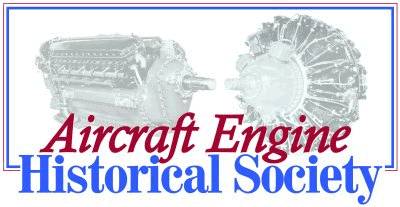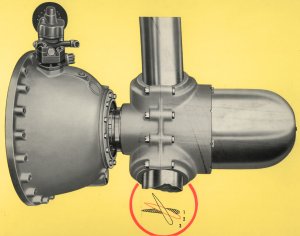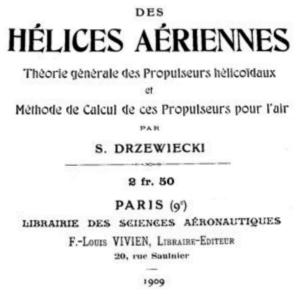|
|
 |
 |
|
 |
Propellers convert engine power into thrust by accelerating a column of air. Even the earliest wooden propellers used by the Wright Brothers were marvels of efficiency and ingenuity. Over time propellers continued to improve. Better materials made them lighter and stronger. Controllable blade pitch made them more versatile and improved performance of the aircraft using them. |
| Aeroproducts | Curtiss Electric | de Havilland | Hamilton Standard |
| Hydraulic Governors | Rotol | Woodward Governors |
Des Hélices Aériennes
by S. Drzewiecki
Translated by Ken Rector"
Published 9 Aug 2018
 |
"I was curious about the unusual design of M. Drzewiecki’s "Hélice Normale" propeller used on some pioneer aircraft. I found short descriptions of the design in French books and magazines, and a reference to this text. I could not find an online copy of the book in Google Books, Hathi Trust, Gallica or other online archives. The book is held in a few libraries around the world including the Huntington Library, in San Marino, California. Thanks to the librarians at the Huntington I was allowed an independent scholar pass to examine the book and photograph the pages." |
| Book Translation (1.15M PDF) Original Book Page Images (2.21M PDF) | |
Fairey Metal Airscrews (Reed Licence)
Propeller-Related Records at the UK National Archives at Kew --- Compiled by David Birch
An Analysis of the Contra-Rotating Propellers on the 1943 Radioplane OQ-2 Gunnery Target Drone
Early Contra-Prop Videos: Brown B-2 Curtiss P-36
The Seppeler Propeller on the Messerschmitt Me-163
AN-9506. Specification, Ends, Aircraft Engine Nose and Propeller Shaft (Members Section)
U.S. WWII Propeller Production